
Stone of the Month October 2025: Meteorite - Meaning and Effect
After the equinox the days become darker, colder and shorter. The time for retreat and tranquility begins in nature. also for us humans, a time for introspection and contemplation starts, everything becomes slower and thoughtfulness returns. The contact to fellow humans becomes more important, we become more aware of who is close to us and who is an appreciated companion.
Meteorites helps to critically scrutinize one's own intentions, plans and goals. New perspectives can be adopted, previously unknown aspects can be carefully examined and outdated structures can be overcome. Many things are put to the test in order to initiate the necessary changes. Meteorites are also valuable helpers here, strengthening the implementation of spontaneous impulses into energetic action.
Meteorite: origin of the name
The name Meteorite comes either from the Greek "meteoron", which translates "celestial phenomenon" or from the Ancient Greek "meteoros" ("lifted up", "high in the air"). Synonyms for this stone until the 20th century was meteorite, before that aerolite or sky stone was also common. Since the Meteorites come from the solar system, these are unique witnesses of the origin of our solar system and mostly older than our earth. They make thus valuable views possible into its early time and have therefore a very high value for the study of our planets.
According to the modern classification meteorites are counted to the rocks, independently of their chemical composition. A distinction is made here between meteoroid and meteorite. Meteoroids burn up either completely with the entrance into the earth atmosphere with an accompanying luminous appearance, which begins approximately in a height of 100 km (meteor), or go down on the ground. Arrived on earth they are then called meterorites.
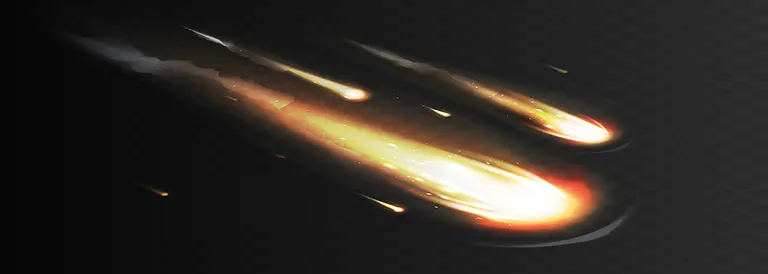
Origin of meteorites
As interplanetary fragments, they originate either from asteroids (small planets) from the asteroid belt between Mars and Jupiter or from comets, which from the borders of our solar system occasionally come close to Earth. Even more rarely, it is debris from the Moon or Mars that is blown off by asteroid impacts. If these reach now to the earth, thereby speeds of over 70 km per second or 260,000 km/h are quite possible and this "cosmic debris" is heated up by the atmosphere of the earth (friction heat). So typical melting phenomena are formed on the surface of the invaders. Their composition consists either of stones or iron and a mix of both Findings. Therefore, these interplanetary rocks are roughly divided into iron meteorites (also named as celestial iron or meteoric iron), stony iron meteorites or stony meteorites.
Meteorites in different sizes at wholesale prices
Classification of meteorites
Meteorites are classified according to, in addition to chemical and petrological classification:
+ weathering classes, that is, the degree of weathering since their impact on the earth's surface, which is shown either in the transformation of metals into oxides as well as silicates into clay minerals in One side polished pieces or in the strength of the brown coloration by iron oxides visible on fracture surfaces
+ shock classes when knocking loose from the parent body, which can result in a kind of metamorphism or fracture structures (small cracks)
+ three different ages: the age of origin, irradiation age and terrestrial age
+ the internal structure of the finds:
a. undifferentiated, non-shelled structure: chondrites
b. differentiated structure: these celestial bodies show mostly a shelled structure like the earth and originate as a consequence predominantly from asteroids. A further subdivision is made after the area of the asteroid, from which the fragment comes: achondrites (mantle), iron meteorite (core) and stony iron meteorite (transition area between core and mantle)

Appearance of meteorites
All meteorites typically have a pebbly, round or slag-like appearance. Stone meteorites have coal-black, brown or speckled colors. If they contain iron, they tend to display colors similar to those found in other iron minerals, i.e., shades ranging from iron gray to rust brown, and, depending on their iron content, the typical metallic luster. Pseudometeorites bear a strong resemblance to their extraterrestrial counterparts, but their composition clearly reveals them to be of terrestrial origin.
Widmannstätten figures - unique in meteorites
Cut and etched with nitric acid a lamellar cubic structure from different alloys becomes visible with pure iron meteorites, the so-called Widmannstätten figures. This lattice structure with crossing planes reflects imposingly the heterogeneous structure, which terrestrial iron does not show, because this structure can only develop, if a molten metallic body cools down very slowly, over millions of years. Since such cooling times are reached only in the core of celestial bodies, a find with this structure can thus be clearly identified as a meteorite. However, there are iron meteorites which do not show Widmanstätten figures; their absence does not necessarily exclude a meteorite. Also as a further criterion a nickel content of at least 4% can serve as evidence for an iron meteorite. Depending on the nickel content three alloys are distinguished: Kamazite, Taenite and Plessite. Cobalt and Copper could be likewise proven as further elements.
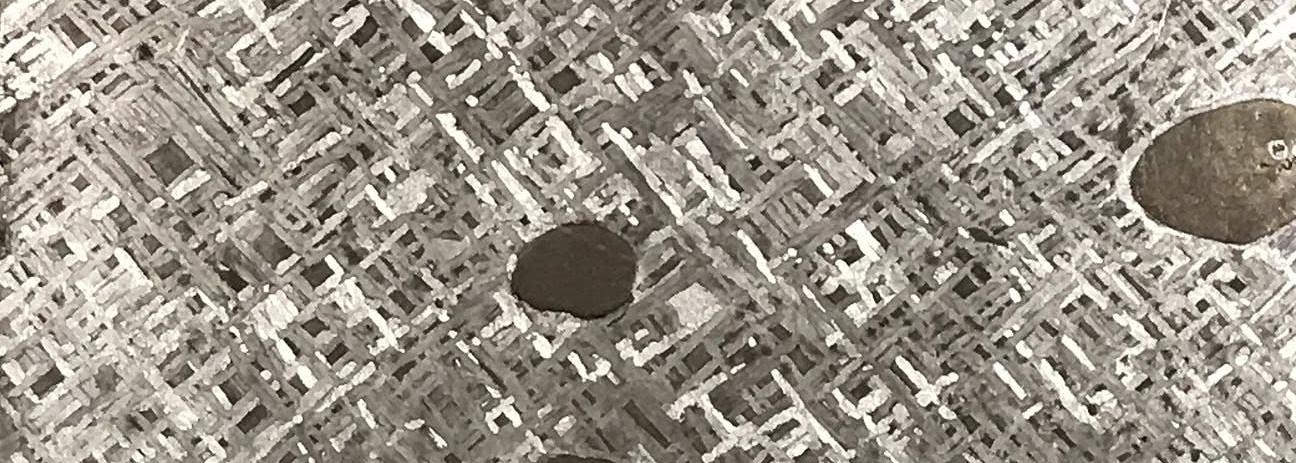
Meteorites in different sizes at wholesale prices
Differences between stony meteorites and stony-iron meteorites
Stone meteorites contain silicate minerals, which are also known on earth, e.g. Diopside, Bronzite, Serphene, Enstatite, Orthoclase, Hypersthene, Peridote, Plagioclase, Magnetite and Diamond. If these silicates are embedded as millimeter- to pea-sized grains (Greek chondros = grain) in a subordinate nickel-iron matrix, they are called chondrites. Chondrites represent approx. 93% of all stone meteorites and contain the first and thus oldest chemical and at the same time heavy elements, which developed in the solar system by nuclear fusion. Besides one finds in them small metallic iron particles which are magnetic; a test with a magnet can be carried out therefore very easily as a proof for a cosmic origin of the Chondrites. The relatively seen rather rare Achondrites on the other hand possess a basalt-like, to a large extent nickel-iron-free structure without grains and a usually shining-black fusion crust.
If the nickel iron content is a main component, besides intercalated minerals like Peridote, Pyroxene and Plagioclase, Meteorites are called stony iron meteorites . A well-known representative of this group is the Pallasite, which contains beside nickel iron mainly Peridote. Thus Pallasite represents at the same time the Urmaterie of our earth, because our homeland planet consists for the most part of a nickel iron core and the peridot-leading earth mantle.
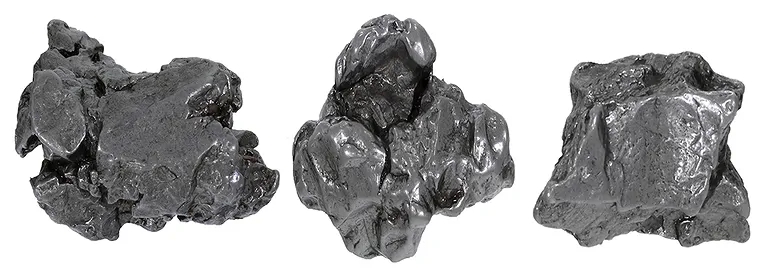
Meteorites for resale can be found here in our wholesale webshop
Meteorite crashes and falls
Most of the shooting stars that reach our planet burn up when they enter the atmosphere. Only in rare cases do fragments reach the Earth's surface. Of these, most meteorites fall into the oceans, which make up most of the Earth's surface. All others reach land areas, mostly uninhabited regions, and thus remain undiscovered. The remaining tiny fraction is found and can ultimately be documented. To make matters more difficult, this cosmic material must stand out visually from the surrounding rock at the site where it is found in order to be noticed, and it weathers easily due to the oxidation of metallic iron, which is unstable on the Earth's surface.
Decay in our temperate climate zones progresses faster than in dry areas (deserts), where there is no water, or ice regions (Antarctica), which freeze the finds. Thanks to better preservation, they can accumulate over thousands of years, protected from the effects of weather by new layers of sediment and preserved for long periods of time. Later, recent weathering processes (melting glaciers, wind erosion in hot deserts) release them again, and then you can find actual meteorite fields (“meteorite traps”). So, a lot of factors play a role in whether a meteorite survives at all and can be found as a result. That's why meteorites are super rare and valuable.
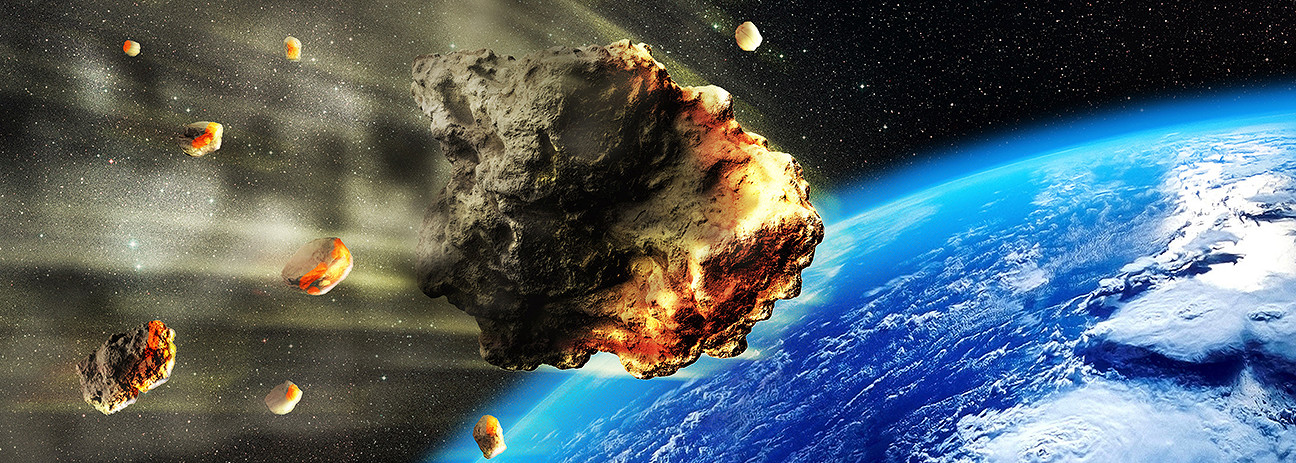
Occurrence of meteorites
The witnesses from the universe occur world-wide. The most important occurrences are in Namibia, Ukraine, Mexico, Chile, USA, Russia, China, Australia and Argentina. Found pieces are usually named after their place of discovery (place, river etc.). The world's largest meteorite, an iron meteorite called Hoba, weighs 60 tons and was found in Namibia in 1920. The meteorite Nogata from the year 861 A.D. is the earliest worldwide observed case of which material is still preserved today, but in Europe the meteorite of Elbogen in Bohemia from 1400 A.D. Extensively weathered meteorites, which can only be recognized by their structure, can be found e. g. in Sweden from the Ordovsko meteorite.
It can be also that the earth atmosphere breakes especially smaller Meteorites in such a way that they simply fall in the free fall to the ground or are blown apart explosively. Studies have shown that there were on average about five such observed meteorite falls per year in the years 1970 to 2009. In fact, however, there are many more. The result of an estimation from photographically recorded meteor trajectories shows that on the total area of the earth distributed 19,000 cases and on land area of the earth 5800 cases are to be registered. Transferred to Germany that would be about 14 impacts per year.
Small fractures or hairline cracks can be the reason that a meteorite also breaks into several fragments when entering the earth's atmosphere and forms an impact crater at different places. One such very well known multiple event is the Nördlinger Ries and Steinheimer Becken from the Miocene. Due to the heat of the impact, the surrounding rock is melted, cools very quickly and falls down as Tektite. This natural Glass is therefore a product of an impact crater and no meteorite, even if this is to be read up in such a way several times. Tektites are named after their locality (type locality), e.g. Moldavite (Moldova) or Lybian Glass (Lybia).
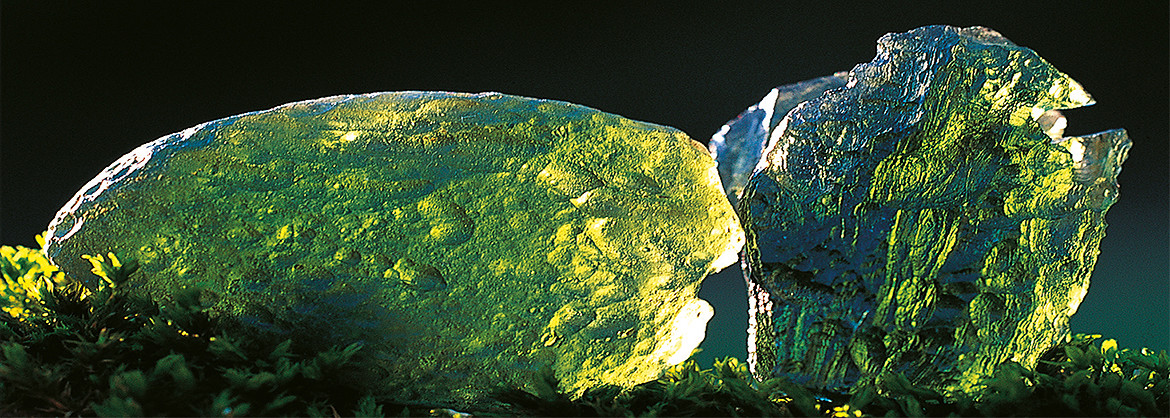
Connection between meteorites and tektites – cause and effect
Meteorites and tektites are directly linked by cause and effect, resulting from violent impact events on Earth.
A meteorite is a fragment from space that passes through the Earth's atmosphere and strikes the Earth's surface. When such a celestial body hits the Earth at high speed, an enormous amount of energy is released. This causes an extreme increase in pressure and temperature at the impact site.
These extreme conditions cause the rock at the impact site to melt and in some cases even vaporize. Some of the molten material is thrown into the atmosphere by the force of the impact. As it flies through the air, it solidifies into glass-like bodies – tektites.
Tektites are therefore not made of the material of the meteorite itself, but of molten terrestrial rock that was deformed by the impact and thrown into the air. Their glassy appearance and aerodynamic shapes (e.g., teardrop or disc shapes) are evidence of their formation in flight. Tektites are named after the place where they were found (type locality), e.g., moldavite (Moldova) or Libyan glass (Libya).
More information on Moldavite and Tektites
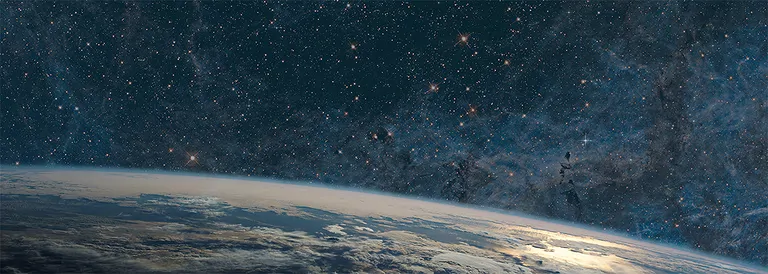
Use and application of meteorites
Meteorites were used to manufacture cult objects, tools and weapons or were used for religious purposes. In Egypt, iron beads with a nickel content of 7.5 percent were found from 3500 to 3000 B.C., suggesting meteoritic origin, especially since the date predates the Iron Age proper. A dagger blade from Tutankhamun's tomb is also said to have been made of meteoric iron. Reports of shooting stars are known since about 470 BC by the Greek writer Plutarch. The scientific study of meteorites began at the end of the 18th century. In the Natural History Museum in Vienna is the oldest meteorite collection in the world and today with about 1100 objects also the largest exhibition collection of this kind. There to see is also the Hraschina meteorite from the year 1751. One assumes that approx. altogether 45,000 meteorites in private and publicly accessible collections "are conserved".
As welfare stones meteorites attained only little meaning because of their rarity and therefore usually high price. In addition to the scientific significance of meteorites and their use as collectibles, people associate these unique travelers from outer space with numerous myths and traditions. They are said to be lucky charms and to accompany and support us in the energetic implementation of spontaneous impulses. Nowadays, the material is also used as jewelry or for knives.
Meteorites, tektites and more at wholesale prices
Mineralogical profile of meteorite
Chemical formula, mineral class: Iron meteorites consist of a heterogeneous structure of three nickel-iron alloys
Kamazite: iron with less than 7% nickel,
Taenite: iron with more than 25% nickel and
Plessite: Mixture of taenite and kamazite
Evolution: Iron meteorites are interplanetary rocks from the primeval times of our solar system
Color, luster: iron-gray, partly. with rusty brown crust, metallic luster to matte
Crystal system: cubic
Mohs hardness: 4 to 5
Splitability: no splitability, hooky fracture
Occurrences, main supplying countries: Namibia, Russia, China, USA, Mexico, Chile, Argentina
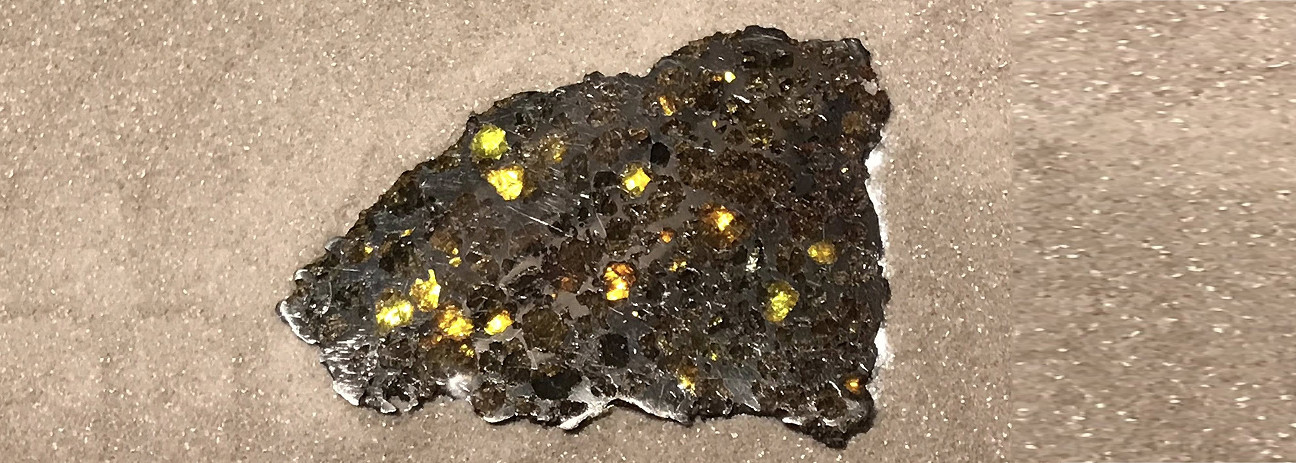
Meteorites at the Ries Crater Museum in Nördlingen
The museum is located right on the edge of the impressive Nördlinger Ries - the 15-million-year-old impact crater created by a meteorite collision. This makes the museum one of the most scientifically significant impact sites in Europe. The museum has numerous genuine meteorites from all over the world on display. Visitors can not only look at the rock fragments from space, which are often millions of years old, but in some cases also touch them – a real highlight!
Particularly impressive are the display boards and films that vividly explain how meteorites are formed, how they hit the Earth, and what effects such impacts can have. Films and animations bring the tremendous cosmic forces to life and make them easy to understand – even for children and young people.
Another highlight: the museum shows how the meteorite impact in the Ries area not only created a crater, but also rare rocks such as suevite – a rock that was later even used in the construction of Ulm Minster.
Visitors to the museum not only experience exciting natural sciences up close, but also embark on a journey into the Earth's past – with a view into space. Whether as a school class, family, or individual visitor, the Ries Crater Museum is a worthwhile destination for anyone who wants to combine amazement, learning, and discovery.